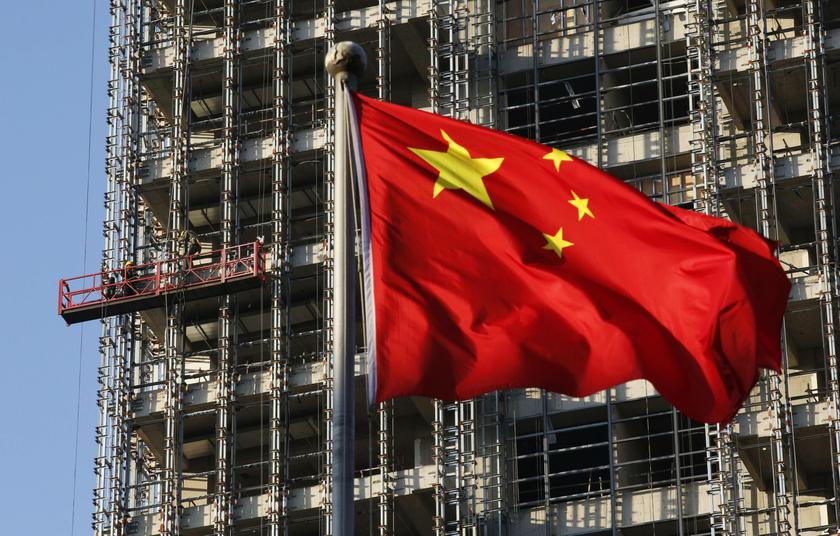BEIJING, March 14 ― Growth in China's industrial output fell to a 17-year low in the first two months of the year, pointing to further weakness in the world's second-biggest economy.
But investment picked up speed as the government fast-tracked more road and rail projects, offering some relief for policymakers as they work to avert a sharper slowdown, data showed today.
China is ramping up support for the economy this year as growth looks set to plumb 29-year lows. Premier Li Keqiang last week announced hundreds of billions of dollars in additional tax cuts and infrastructure spending, even as officials vowed they would not resort to massive stimulus like in the past.
Industrial output rose 5.3 per cent in January-February, the National Bureau of Statistics (NBS) said, less than expected and the slowest pace since early 2002. Factory output growth had been expected to slow to 5.5 per cent from December's 5.7 per cent.
An official factory survey showed manufacturing output contracted in February for the first time since January 2009, while factory-gate inflation in February hovered at multi-year lows, pointing to further pressure on industrial profits.
China's manufacturers are facing weaker sales at home and abroad, with exports hit by US tariffs on Chinese goods and cooling global demand. China's exports to all of its major markets fell across the board last month.
China combines January and February activity data in an attempt to smooth distortions created by the long Lunar New Year holidays early each year, but some analysts say a clearer picture of the economy's health may not emerge until first-quarter data is released in April.
Fixed-asset investment growth quickened to 6.1 per cent in the first two months of this year.
Analysts polled by Reuters had expected it to rise 6.0 per cent, edging up marginally from 5.9 per cent in 2018.
Private sector fixed-asset investment rose 7.5 per cent in the same period, easing from an increase of 8.7 per cent in 2018. Private investment accounts for about 60 per cent of overall investment in China.
Growth in infrastructure spending, a powerful economic driver in previous years, picked up to 4.3 per cent on-year, compared with a rise of 3.8 per cent last year.
China is trying to engineer a construction boom to rekindle demand and kickstart the economy, even as it steps up support measures to keep cash-starved smaller companies afloat, ranging from tax cuts to financial incentives for firms which do not cut staff.
Retail sales were marginally better than expected, with the headline figure rising 8.2 per cent in January-February from a year earlier, in line with December.
Earlier this week, industry data showed automobile sales in China fell for the eighth consecutive month in February, adding to concerns about weaker consumer confidence.
China's state planner announced measures in January to boost consumption of goods ranging from eco-friendly appliances to big-ticket items such as cars, but the size and scope of the subsidy scheme is still unclear.
But sales of appliances and furniture softened considerably early in the year, possibly linked to a 3.6 per cent drop in home sales. ― Reuters






















